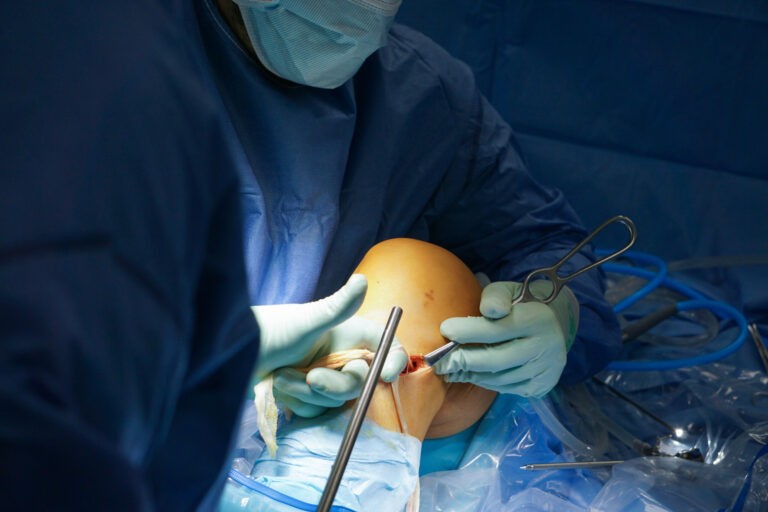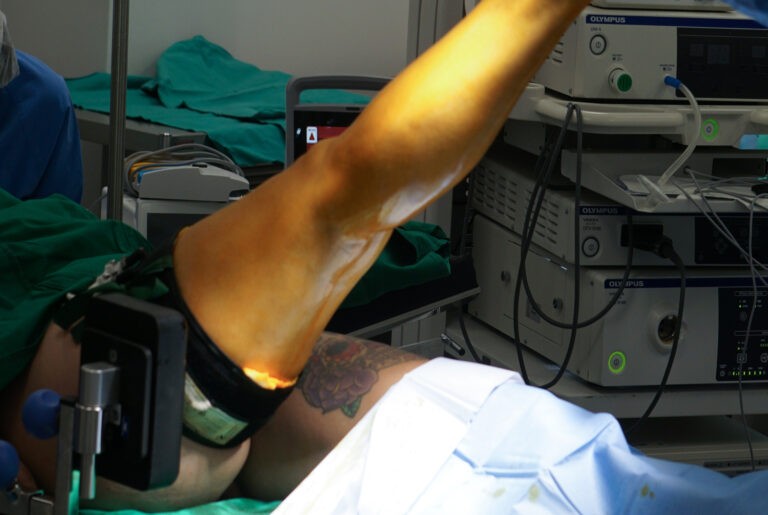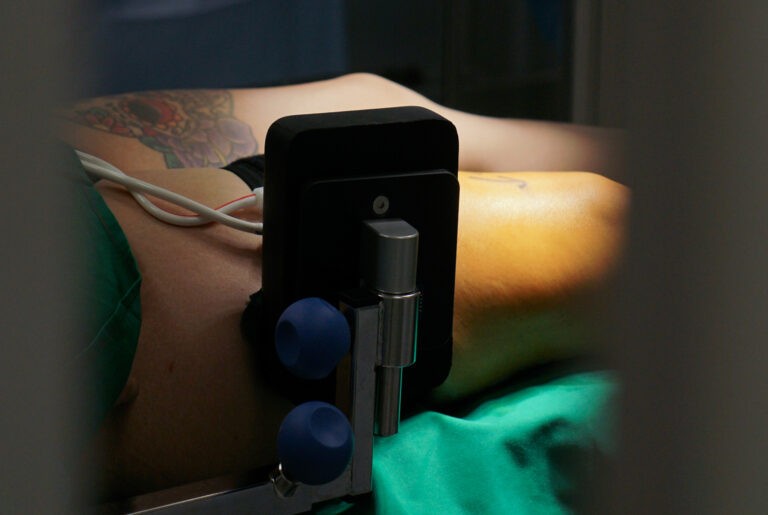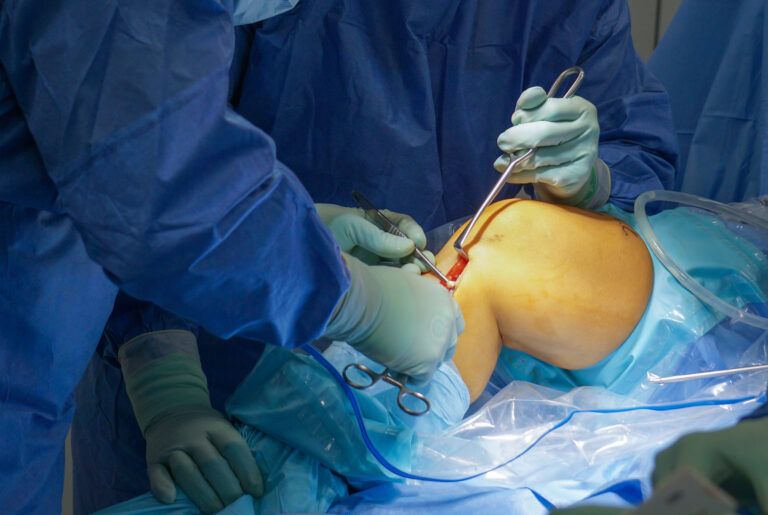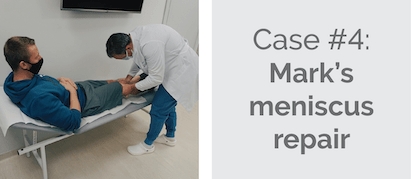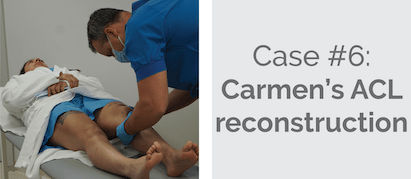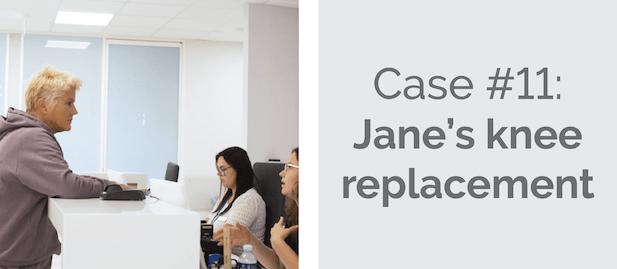Carmen's story
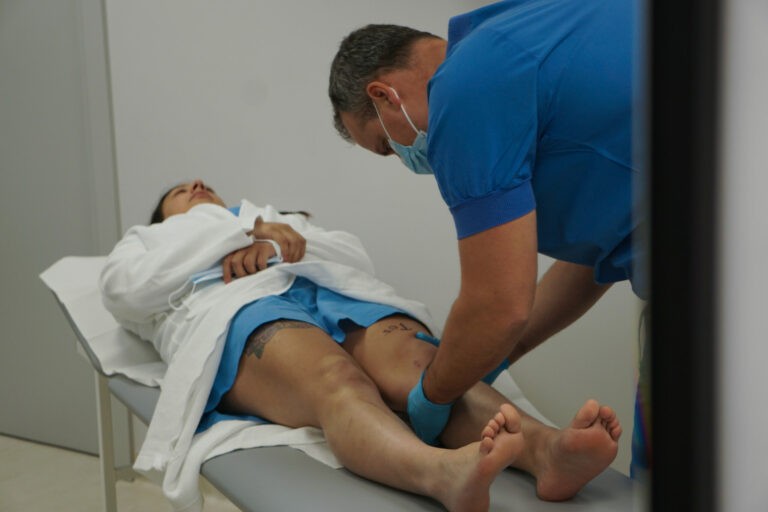
Carmen is a young, 26 years old football player. She had her first injury several months ago. She came to Nordorthopaedics for meniscus surgery, however, afterwards, she tore her ACL, which was previously partially torn, so this time she needed full ACL reconstruction surgery.
Carmen's diagnosis
Performing the surgery
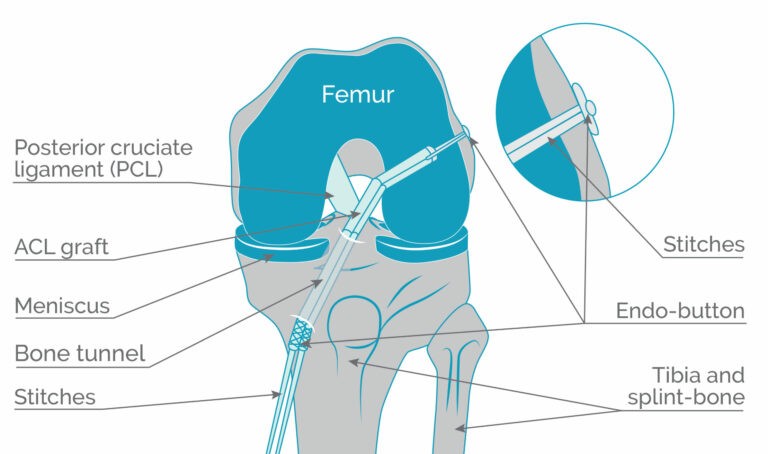
What happens after ACL reconstruction?
Carmen was discharged the next day after surgery. Depending on the patient’s condition and the level of knee swelling, the rehabilitation usually begins the same day with light exercises and walking with a brace. Carmen chose to have a few days of initial rehabilitation at our outpatient clinic here in Lithuania, led by a specialist in sports physiotherapy, Dr Laimonas Siupsinskas.
It is a long-lasting rehabilitation that should begin in the first-day post-surgery, starting with the isometric exercises for quads, standing heel raises and gentle stretches for knee extension. Crutches are not necessary if the patient is in good health, however, the knee brace is very important. First, the patient’s leg is kept full extension and every week the angle of flexion should be increased until the patient’s leg is in a natural position and ready to walk. Muscle strengthening and balance exercises play a crucial role in the recovery after the ACL reconstruction.
After 3 months, exercises should get more advanced. The gradual rehab under the supervision of the physiotherapist should be provided for those who are looking forward to getting back to sports and they should be able to do so 9 – 10 months after the surgery. The patient will be recommended to continue with the exercise regime up to full recovery.
